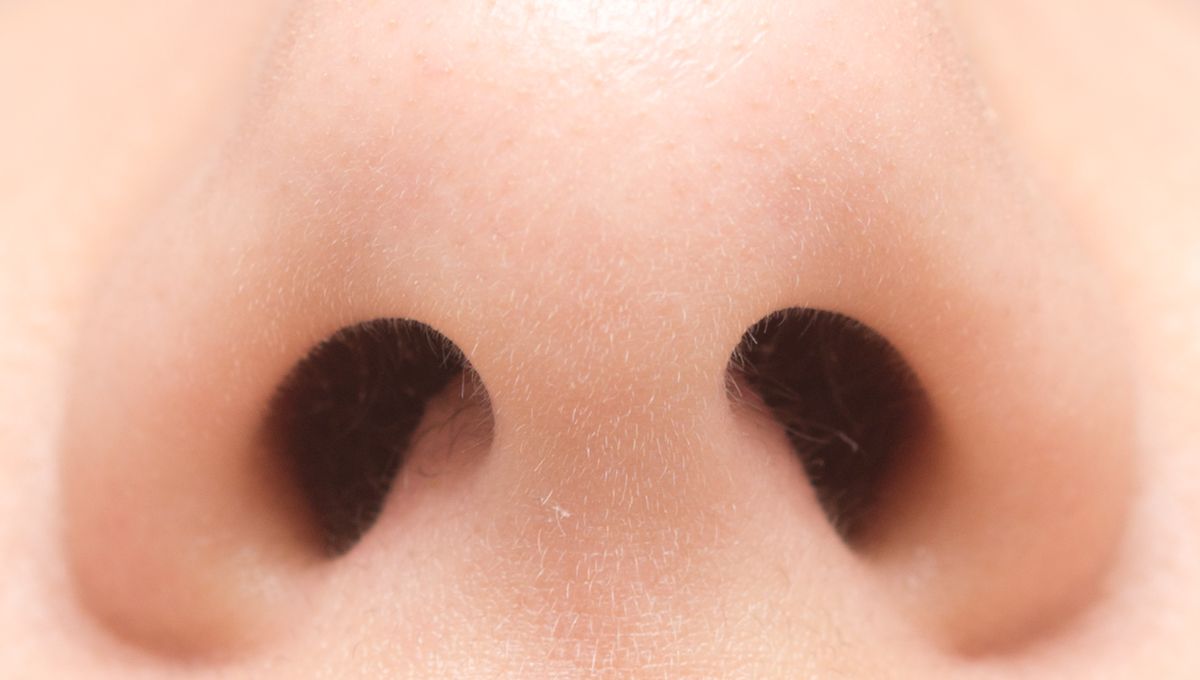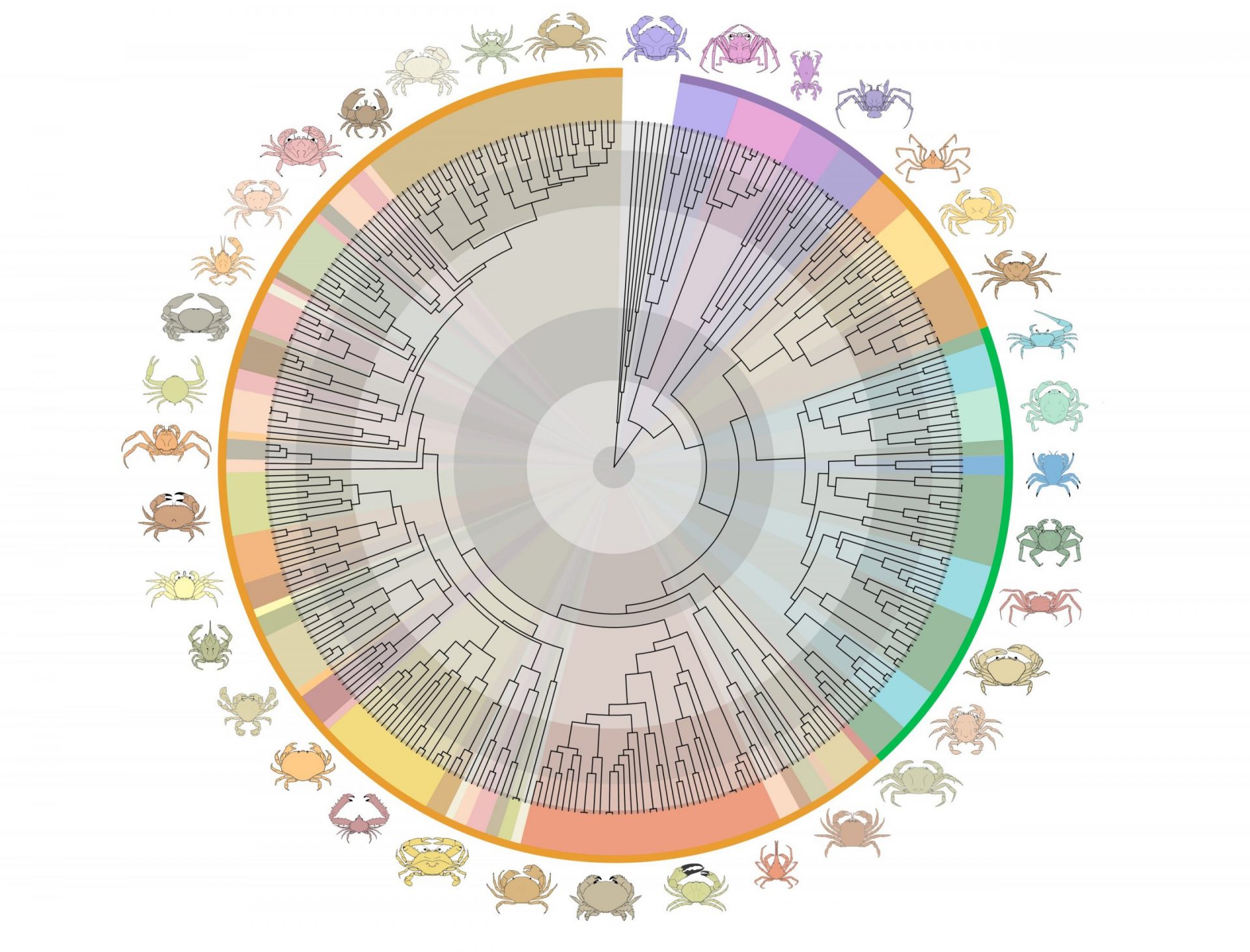Did you know that rodents navigate towards the source of a smell by detecting differences in odor concentrations across their two nostrils? But what about us humans? Do our noses work the same way? Well, a recent study aimed to find out.
To conduct the study, researchers recruited 10 epilepsy patients who had electrodes implanted in their brains. These electrodes were originally used to locate the origins of their seizures, but now they were repurposed to record activity in the participants’ olfactory cortex during a smell test.
During the experiment, the participants were exposed to different aromas, such as banana, coffee, and eucalyptus. The smells were delivered through tubes into each nostril, and brain activity was measured as the fragrances were injected into either the left, right, or both nostrils.
Interestingly, when the participants sniffed the same odor with both nostrils simultaneously, their brains showed two distinct representations. The right nostril activated the olfactory cortex in the right hemisphere, while the left nostril activated the left hemisphere. This suggests that each nostril triggers a unique experience.
Similarly, when the same odor was presented to each nostril individually, the brain activity patterns were similar but not identical. This indicates that odor information from the two nostrils is temporally segregated in the primary olfactory cortex.
The researchers describe how a smell presented to a specific nostril elicits a response in the corresponding brain hemisphere, with the opposing hemisphere becoming activated about half a second later. This mechanism may help humans identify the source of a scent, similar to how rodents navigate towards smells.
The study authors raise an intriguing question: Can the human olfactory system use a similar coding scheme to compare odor inputs across nostrils and aid in rapid odor localization within a single sniff, just like the auditory system uses interaural time differences to localize sounds?
If you’re curious to learn more, you can find the study published in the journal Current Biology.








